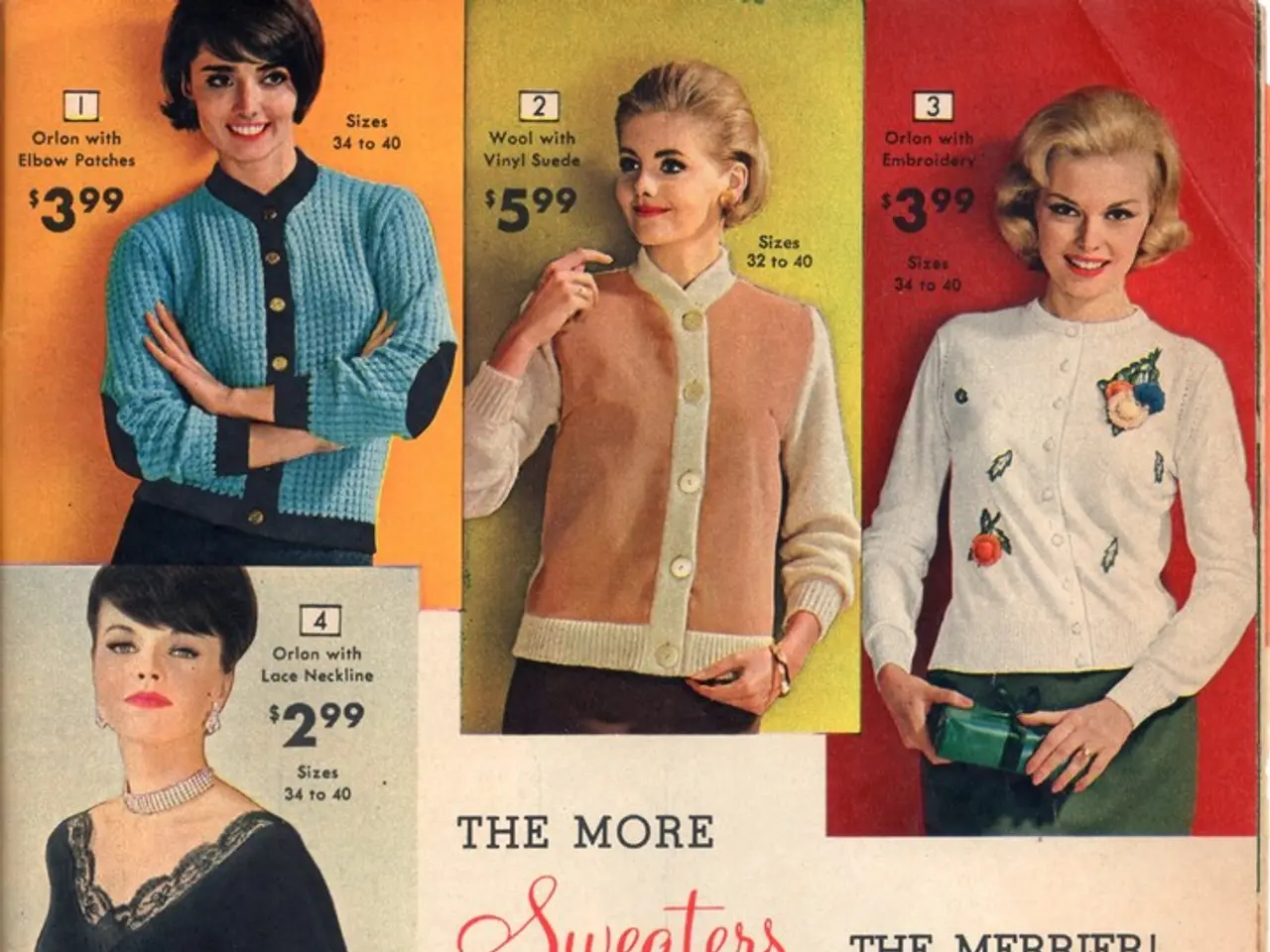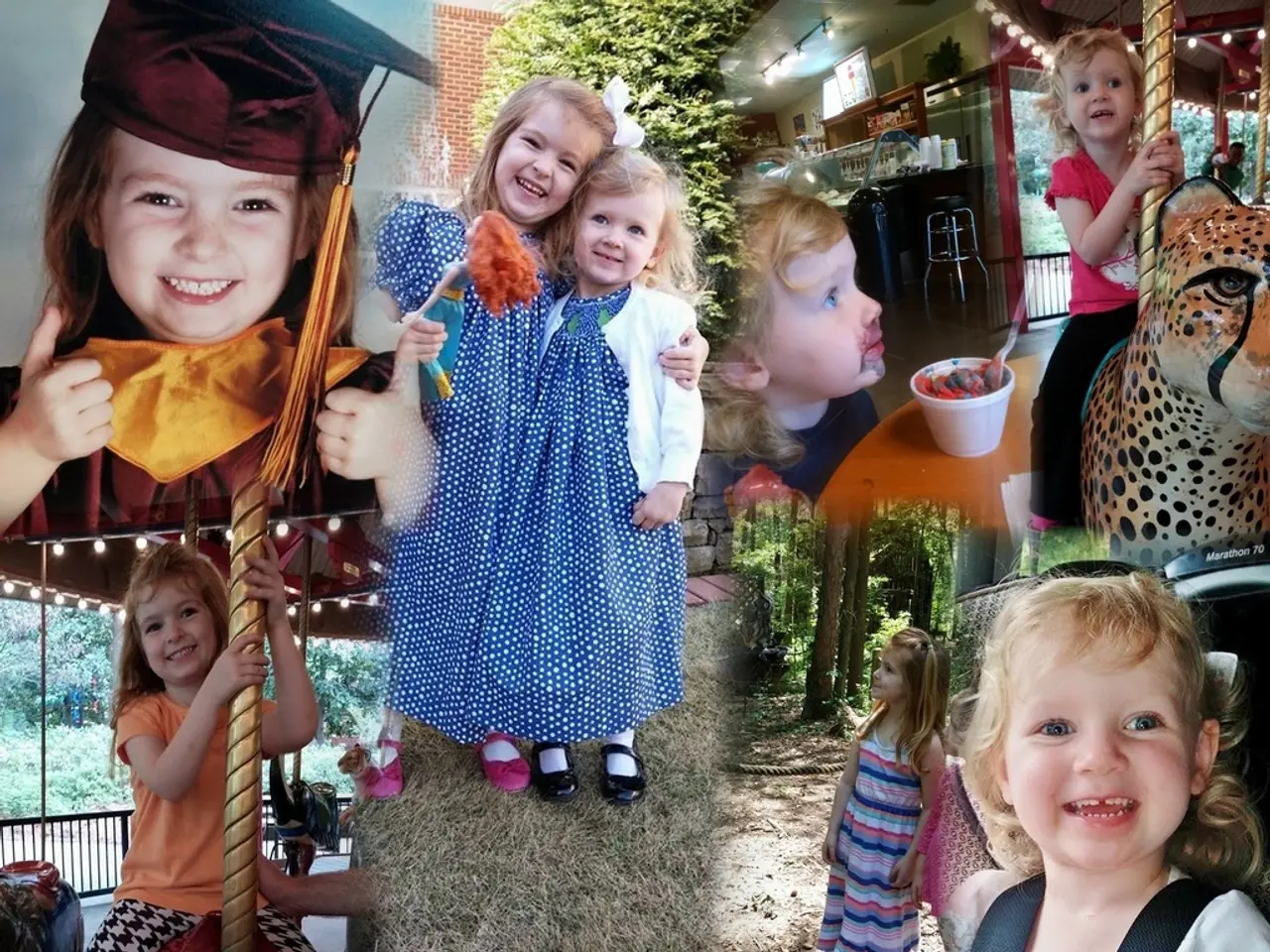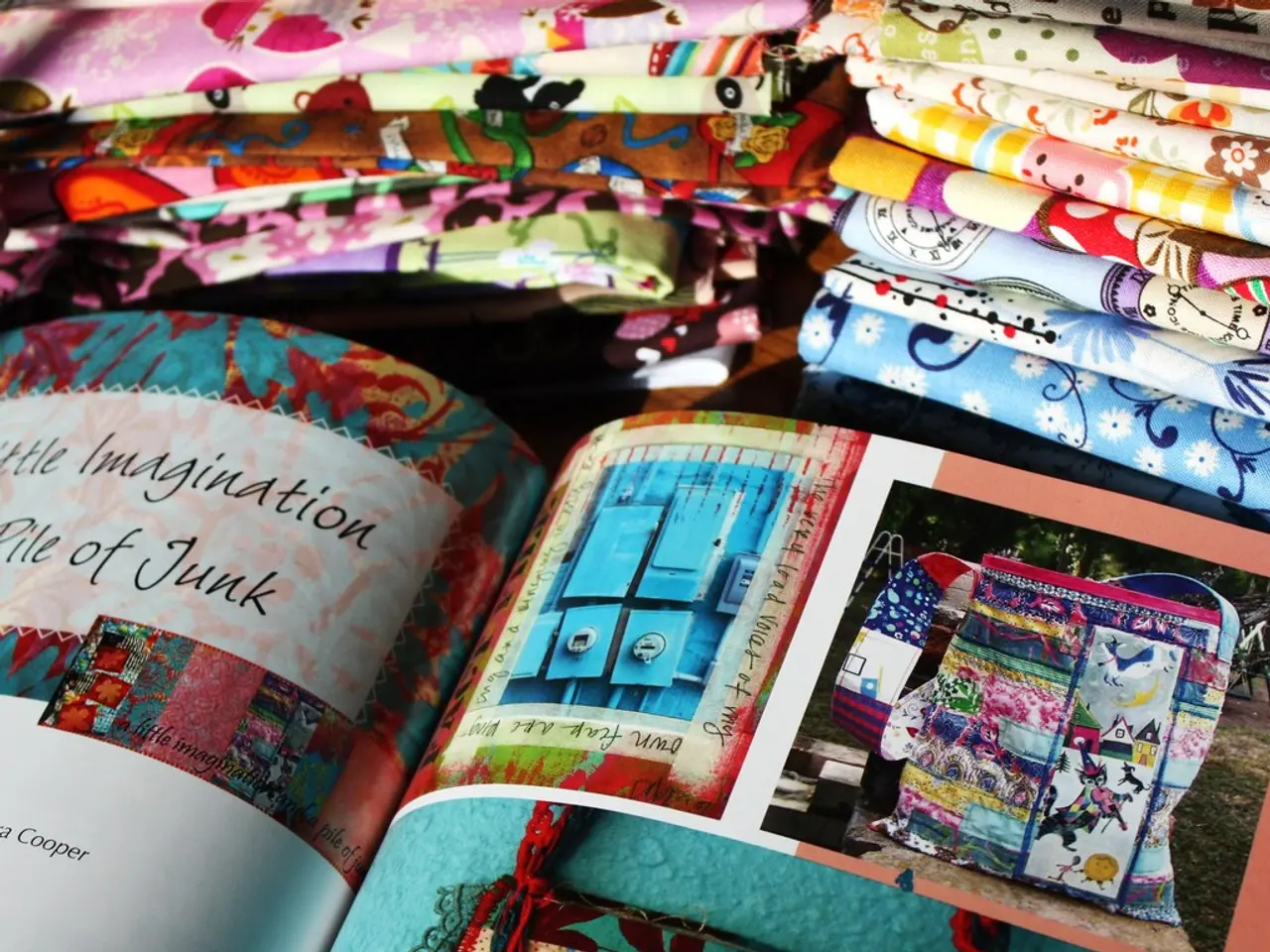Evolution of Pamela Anderson's Fashion Transformation - From Sensational to Barefaced Style
Pamela Anderson's Style Evolution: From Sex Symbol to Feminist Icon
In the 1990s, Pamela Anderson was synonymous with the bold and glamorous style of the era. Known for her iconic Baywatch persona, Anderson's style was a masterclass in what the male gaze deemed desirable, featuring micro-minis, plunging necklines, latex, and animal print. Her frequent appearances on Playboy covers and the ubiquitous images of her across billboards and TV screens cemented her as a sex symbol of that decade [1].
However, by the 2020s, Anderson’s style and public image have undergone a significant transformation. She has embraced simplicity and naturalness, challenging contemporary beauty standards rooted in cosmetic enhancement and artifice. This shift signals a rejection of superficial beauty ideals in favor of authenticity and reflects ongoing feminist debates on self-expression and societal expectations of women [2].
Anderson's latest transformation has been her decision to embrace a bare face, which has been met with significant media attention. In her 2023 interview and documentary Pamela, A Love Story, Anderson discussed the liberating feeling of stepping away from the traditional makeup look [3]. Her makeup-free look has been a personal choice and a statement about ageing, authenticity, and rejecting societal pressures for a polished, glam appearance.
The bubblegum pinks and glitz are gone, replaced by a quietly decadent palette of ivory, champagne, nude, and black. There were Hervé Léger bandage dresses, as well as a more muted palette and Old Hollywood echoes, reflected in liquid satin silhouettes and floor-pooling gowns. Anderson's wardrobe in the 2020s leans towards quiet luxury, with designers like Victoria Beckham, The Row, and Vivienne Westwood featured prominently [4].
In the 1990s, Anderson was not just the object but also the orchestrator of her image, understanding the performance and its power. Her style, characterized by chic blazers, sleek trousers, and structured pieces that flattered her frame, was a performance of femininity to its fullest extent [5]. However, gone are the spray-painted leather pants and plunging necklines, replaced by oversized blazers, cashmere sweaters, and streamlined silhouettes.
Anderson's early style embodied the cultural focus on hyper-femininity and objectified beauty as popularized by media and entertainment, where female beauty was often equated with physical allure and sexual confidence [1]. By the 2020s, Anderson’s style and public image have embodied a broader and more nuanced feminist stance. She has embraced her natural self, not by clinging to youth but by embodying a narrative of quiet strength and refined beauty.
Moreover, Anderson’s use of her "strong womanly image" to advance causes like animal rights activism—often through provocative yet purposeful visuals like restrained nudity or symbolic imagery (e.g., the “butcher’s cut” bikini ad for PETA)—illustrates how her style serves both as personal expression and political statement. This merges aesthetics with ethical messaging, capturing modern feminism's embrace of bodily autonomy while engaging with wider social issues [1].
In her 50s, Pamela Anderson has done something radical by stripping away her polished image in a media culture still obsessed with youth. This transition from Pamela as character to Pamela as a woman more in control of her image marks a shift from being shaped by others' desires to defining herself on her own terms [6]. The public and Pamela herself have since interrogated the gaze that built and defined her.
Anderson's style evolution mirrors a broader shift in how we talk about and look at women in the public eye, from being shaped by others' desires to defining herself on her own terms. From an objectified sex symbol to an empowered activist and feminist icon, Pamela Anderson’s style encapsulates a journey that mirrors society’s broader shift from valuing women mainly for physical beauty to honoring complex identities and purposeful self-presentation [1][2][3].
References: [1] Anderson, P., & Brown, D. (2023). Pamela, A Love Story. Documentary. [2] Anderson, P. (2021). Love, Pamela. HarperCollins Publishers. [3] Anderson, P. (2021). The Pamela Anderson Collection. Harper's Bazaar. [4] Vogue (2021). Pamela Anderson's Style Evolution. [online] Available at: https://www.vogue.com/fashion/article/pamela-anderson-style-evolution [5] E! News (2018). Pamela Anderson's Style Through the Years. [online] Available at: https://www.eonline.com/news/1047191/pamela-anderson-s-style-through-the-years [6] The Guardian (2019). Pamela Anderson: 'I'm so much more than a sex symbol'. [online] Available at: https://www.theguardian.com/film/2019/may/23/pamela-anderson-im-so-much-more-than-a-sex-symbol
- Pamela Anderson's transformation in the 2020s has led to a rejection of superficial beauty ideals, favoring authenticity over the glamorous style of the 1990s.
- Anderson's wardrobe in the 2020s leans towards quiet luxury, featuring designers like Victoria Beckham, The Row, and Vivienne Westwood.
- Her makeup-free look has been a personal choice and a statement about ageing, authenticity, and rejecting societal pressures for a polished, glam appearance.
- Anderson's latest transformation has been met with significant media attention, as she candidly discussed the liberating feeling of stepping away from the traditional makeup look.
- Anderson's style evolution reflects ongoing feminist debates on self-expression and societal expectations of women, moving from a focus on hyper-femininity and objectified beauty to a broader and more nuanced feminist stance.








